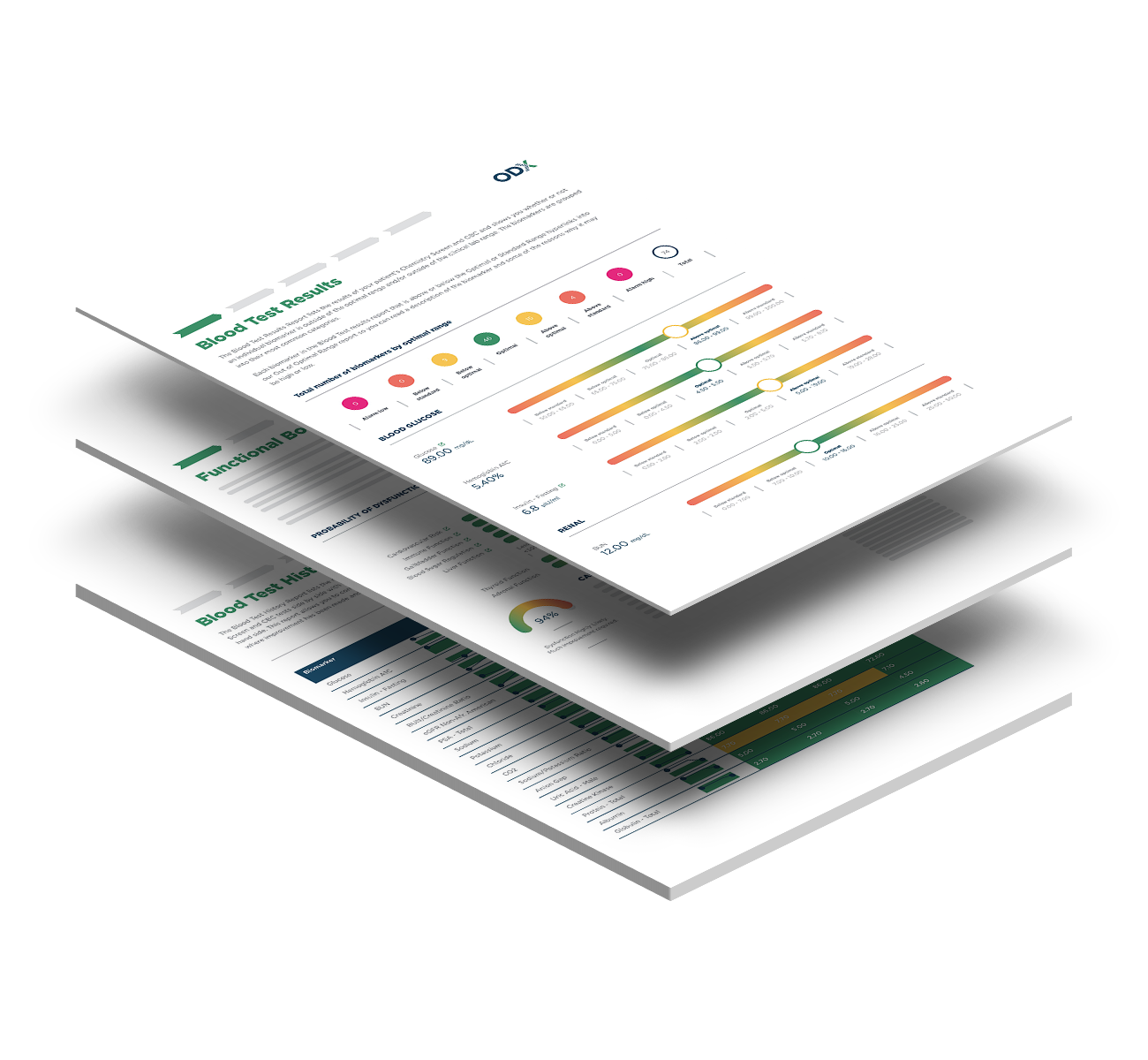According to the WHO, metabolic dysfunction, characterized by higher adiposity and BMI, hyperglycemia, high blood lipids, and high blood pressure, accounts for 20% of total health loss. If left unchecked, these dysfunctions manifest as obesity, type 2 diabetes (T2DM), non-alcoholic/metabolic fatty liver disease (NAFLD), and cardiovascular disease.
The preventive care recipe remains the same: regular physical exercise, general activity, a healthy, plant-based diet, and a healthy gut microbiome.
Exercise
A sedentary lifestyle leads to cardiometabolic dysfunction, while regular exercise can help prevent it. A healthy exercise habit includes moderate-intensity exercise performed for at least 30 minutes per day, at least five days per week, or high-intensity exercise for at least 20 minutes per day, at least three days per week. However, excessive high-intensity exercise can promote inflammation and can be detrimental to gastrointestinal health.
Moderate exercise can:
- Reduce blood pressure and adiposity
- Decrease serum triglycerides
- Improve insulin sensitivity
- Restore glucose homeostasis
- Increase HDL cholesterol levels
- Suppress pro-inflammatory cytokines
- Regulate immune-inflammatory responses
- Decrease oxidative stress
- Help clear damaged mitochondria
- Support GI microbial diversity (obesity, NAFLD, T2DM, and CVD are associated with reduced gut microbial diversity).
- Support gut microbiota which:
- Produce beneficial metabolites such as butyrate
- Support intestinal barrier integrity
- Modulate the immune system
- Protect the host from pathogens
- Regulate insulin signaling
Effect of physical exercise on gut microbiota and host health

Diet and Nutrition
The Mediterranean diet is an example of a balanced diet that incorporates healthy sources of complex carbohydrates, lean protein, beneficial fats, vitamins, minerals, and polyphenol plant-based phytonutrients. Such a pattern supports host and microbiota health and function, unlike Western diets or ketogenic patterns, which can adversely affect both.
The effect of dietary patterns on health mediated by gut microbiota
|
Dietary |
Characteristic |
Changes of Gut |
Effect |
|
WD |
High consumption of saturated and trans fatty acids, refined grains, sugar, salt, alcohol, and other harmful elements; Low content of complex dietary fiber. |
Firmicutes/Bacteroidetes ratio↑ |
Systemic chronic inflammation and LPS translocation; |
|
MD |
High intake of whole grains and vegetables; olive oil as the lipid supply; A regular but moderate consumption of fish and other meat, dairy products, and red wine. |
Bifidobacteria↑ |
Improve the gut barrier integrity; |
|
KD |
High-fat, adequate-protein, and low-carbohydrate. |
Akkermansia↑ |
Nutritionally inadequate in fiber, necessary vitamins, minerals, and iron. |
|
IF |
Manipulate meal time to improve body composition and overall health, including time-restricted feeding, alternate-day fasting, and religious fasting. |
Akkermansia↑ |
Improve gut epithelial integrity, the leaking LPS, and blunted systemic inflammation; |
|
VD |
Reduce or restrict animal-derived foods; High intake of plant-sourced foods. |
Bacteroides/Prevotella ratio↑ |
Reduce caloric intake but nutritional deficiency of fatty acids, proteins, vitamins, and minerals; |
|
GD |
The exclusion of gluten-containing cereals like wheat, rye, barley and hybrids. |
Bifidobacterium ↓ |
Appropriate for treatment of celiac disease, dermatitis herpetiformis, and gluten ataxia. |
WD = Western diet, MD = Mediterranean diet, KD = ketogenic diet, IF = intermittent fasting, VD = vegetarian diet, GD = gluten-free diet, ↑ = up-regulate, ↓ = down-regulate.
Optimal Takeaway
Combine exercise, physical activity, diet, and a healthy gut microbiota to reduce the risk of cardiometabolic disease.

Reference
Zhang, Li et al. “Combined Physical Exercise and Diet: Regulation of Gut Microbiota to Prevent and Treat of Metabolic Disease: A Review.” Nutrients vol. 14,22 4774. 11 Nov. 2022, doi:10.3390/nu14224774 This article is an open access article distributed under the terms and conditions of the Creative Commons Attribution (CC BY) license (https://creativecommons.org/licenses/by/4.0/).







